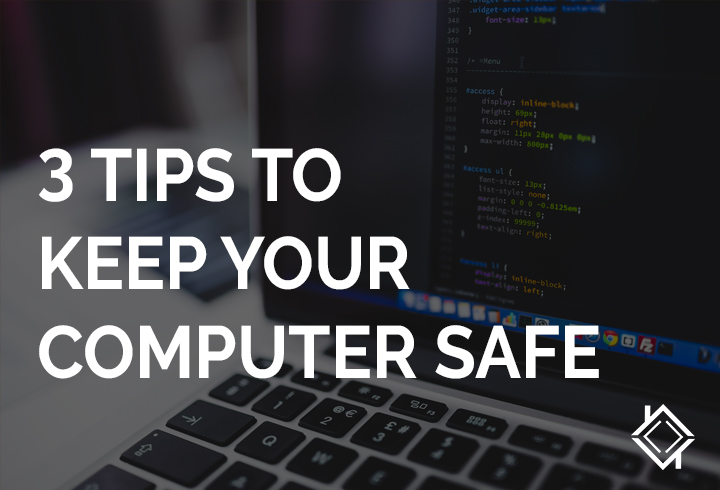For over 200,000 people in over 150 countries, logging on to their computers was not business as usual yesterday. The cyberattack that hit over the weekend, called “WannaCry” or “WannaCrypt,” caused disruptions to universities, hospitals, businesses, and daily life across the world. No catastrophic breakdowns were reported, but the cyberattack has people concerned about their online security.
The attack was carried out via an email attachment. The malicious software or malware, contained in the attachment locks users out of their computers, with the threat of destroying data if a ransom is not paid via untraceable bitcoin.
The question for many remains, “am I safe?”. The good news is that there are things that you can do to keep yourself safe online.
First, ensure that you keep up with software updates (including web browsers, operating systems, etc.). Many malware infections result from criminals exploiting bugs in software, updating helps keep your devices and files safe. It is also essential that you use and update antivirus and firewall software. This will keep your computer free of the most common malware.
Second, do not click on links, banners, and attachments without knowing their origin. You can hover the cursor over a link or attachment, this will reveal the actual destination URL, which may differ from that in the text you see. Do this even if the apparent sender is someone familiar because, as these attacks have proven, criminals target people using links or attachments that are similar to things that we are likely to click on.
For years, Microsoft has complained that a large majority of computers are running pirated versions of their software. This leads to the third way to keep your computer safe: browse and download software from only trusted websites. Microsoft provided a patch two months ago that protected computers against such an attack, but because people did not update their software or were not using a licensed version of the software, they were more vulnerable to this attack. It is also important on mobile devices to only install mobile apps from official and trusted sources.
The threat that was issued to victims of the “WannaCry” attack was withholding access to your computer data until a ransom was paid. The effects of this threat could have been mitigated by regularly backing up the data stored on your computer. Backing up data will save you time and money if you ever had to restore your computer, additionally you are still able to access your backed up data on another computer. If you are a victim of a cyberattack please report it and do not pay them any money – it does not guarantee that you will regain access to your data.
Finally, it may seem simple, but passwords play an important role in keeping your device secure. Ensure that your computer or device is password protected with a strong password. As an extra layer of security on top of device password protection, you can also lock any documents or files you choose (such as financial documents or sensitive business files). For example, in Microsoft word you can save a file as an encrypted document.
These tips and guidelines can not guarantee that your computer and data are 100% safe, but it heavily reduces the risks. Lakeridge Hospital in Oshawa was a victim of the latest cyberattack, but their antivirus software contained the attack and kept medical and health records safe and there was no effect on patient care. This example shows the importance of following the above guidelines to ensure any threats are able to be contained and ensures business as usual for you.





